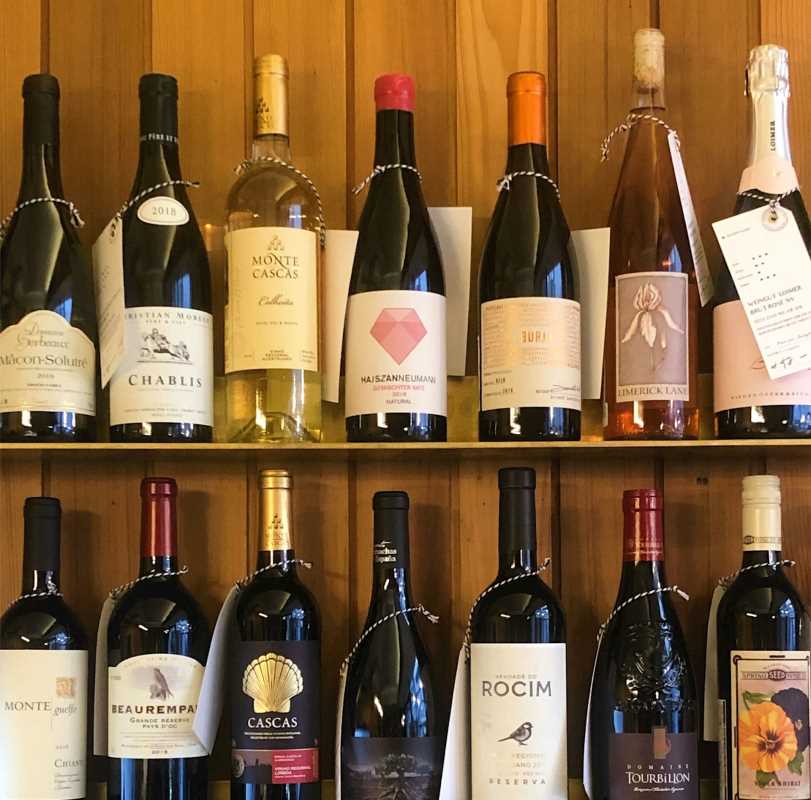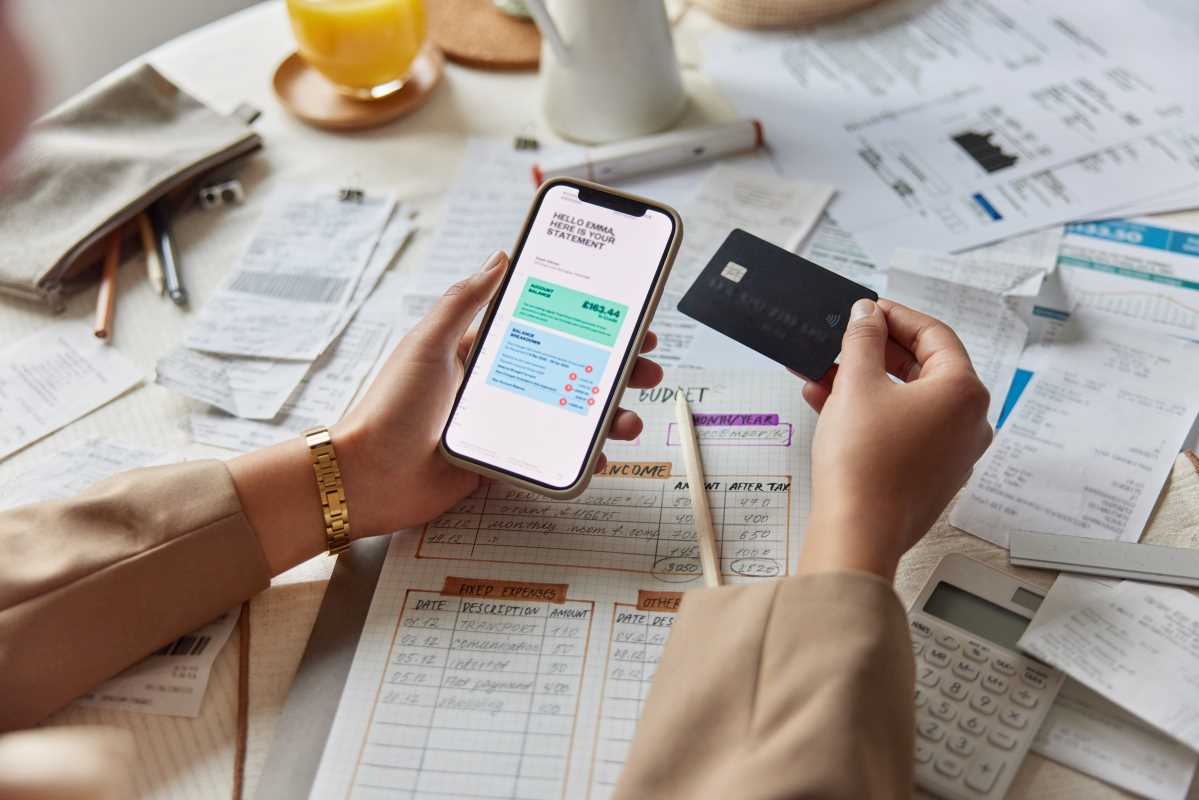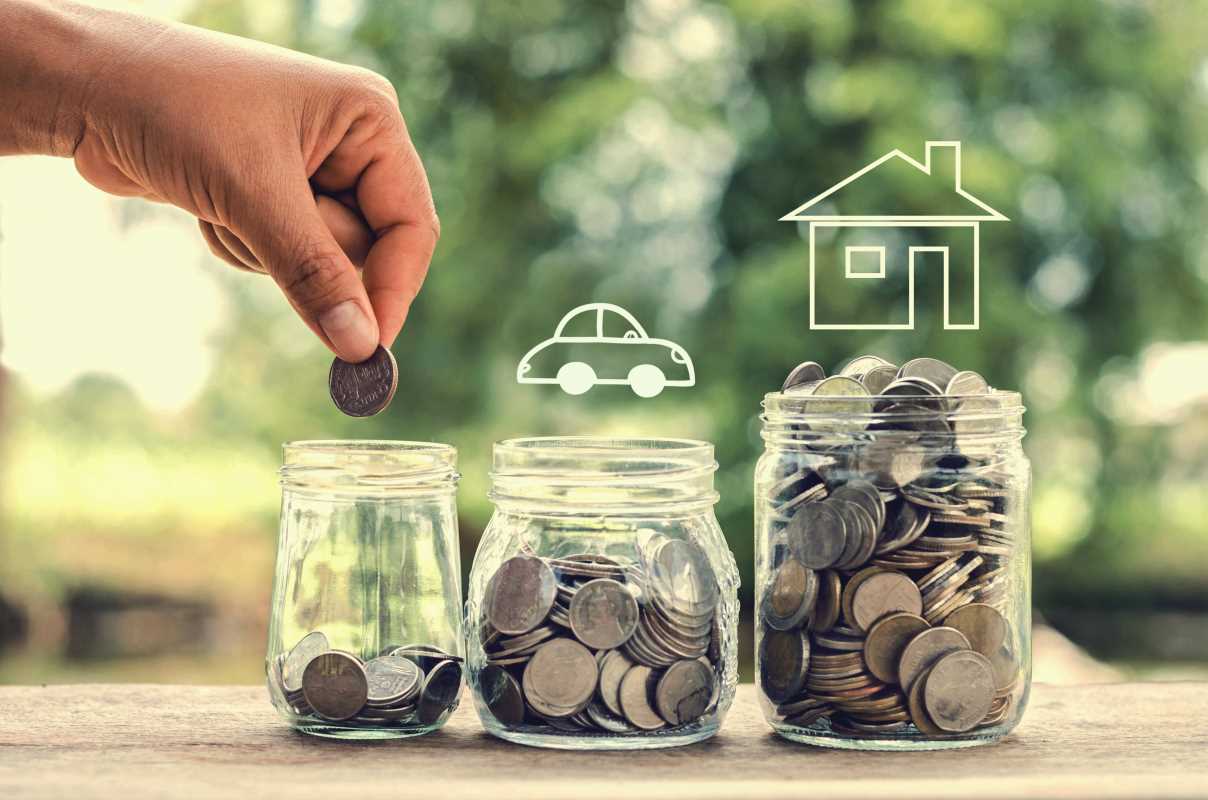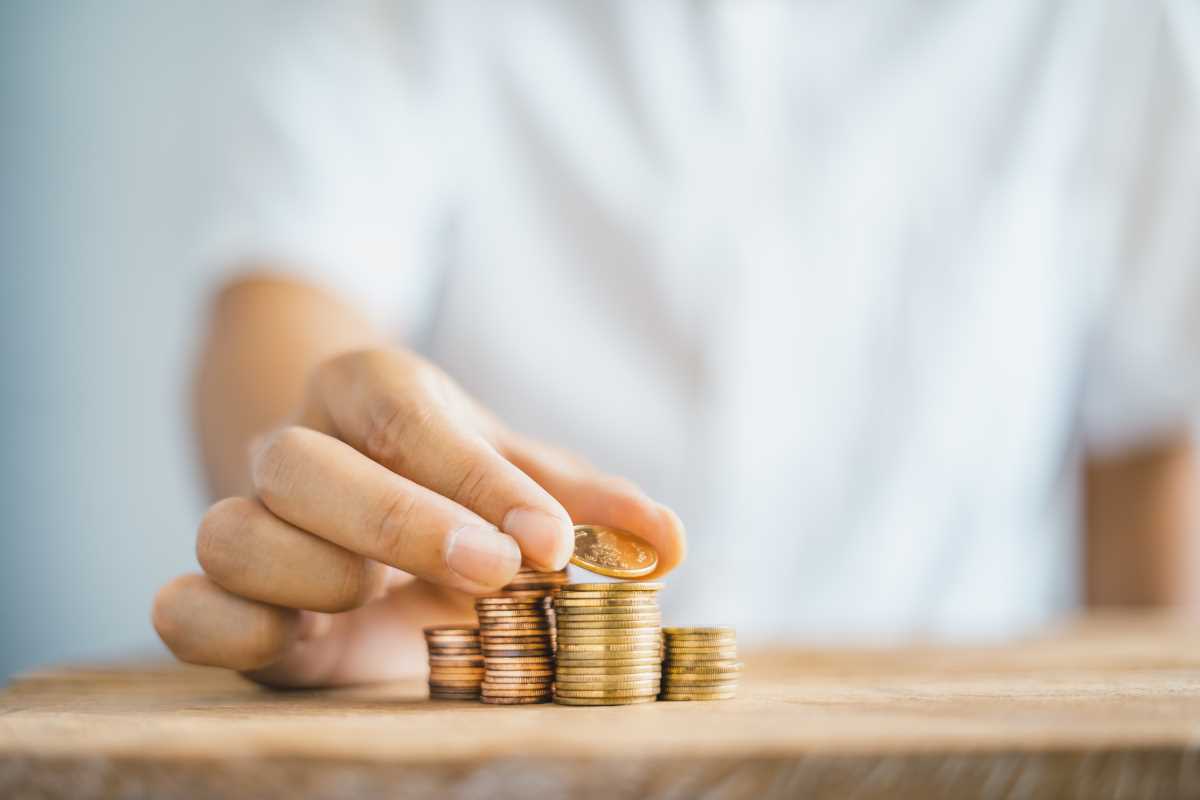Investing in rare collectibles offers a unique blend of financial opportunity and personal passion. From the intricate designs of vintage stamps to the exquisite taste of aged wines, collectibles captivate both the heart and the wallet, providing a distinctive way to diversify an investment portfolio.
The Appeal of Collectibles
The allure of collectibles lies in their ability to combine emotional satisfaction with potential financial gain. Unlike traditional investments such as stocks and bonds, collectibles often carry personal stories and historical narratives, making them not just assets, but treasures with intrinsic value. For many investors, the joy of collecting and the potential for appreciation make this an enticing endeavor.
Factors Influencing Value
Several key factors determine the value of collectibles:
- Rarity: Items that are rare or have limited production runs are typically more valuable. Scarcity can drive demand, especially if collectors seek after the item.
- Condition: The state of preservation can significantly impact a collectible's worth. Items in pristine condition often fetch higher prices in the market.
- Historical Significance: Collectibles associated with significant historical events or figures tend to have greater value due to their unique stories and contexts.
Popular Categories of Collectibles
- Stamps and Coins: These classic collectibles appeal to history enthusiasts and investors alike. Unique stamps and rare coins can appreciate significantly, especially those with printing errors or limited mintage.
- Vintage Wines: Investing in wine involves acquiring bottles that improve with age. Factors like vintage year, vineyard reputation, and storage conditions are crucial in determining a wine's investment potential.
- Art: Art collecting can be both financially rewarding and personally enriching. Works by renowned artists or pieces with historical importance can command high prices at auctions.
- Antiques and Memorabilia: Items such as antique furniture, vintage toys, and historical memorabilia are popular due to their nostalgic value and craftsmanship.
Risks and Rewards
Investing in collectibles comes with its set of risks and rewards. On one hand, collectibles can offer substantial returns, particularly during economic downturns when tangible assets are in demand. On the other hand, the market can be volatile, with prices influenced by trends, economic conditions, and buyer interest.
Tips for Beginners
- Research Markets: Understand the market dynamics for the specific collectible category you are interested in. Stay updated on trends and price movements.
- Seek Expert Advice: Consulting with experts or joining collector groups can provide valuable insights and guidance.
- Start with Passion: Invest in items that you are passionate about. This ensures that even if the financial returns are not immediate, the personal enjoyment remains.
- Verify Authenticity: Ensure that your purchases are genuine and authenticated, especially in fields prone to counterfeiting.
The Role of Passion and Knowledge
Ultimately, investing in collectibles should be driven by both passion and knowledge. A deep understanding of the items you're collecting can enhance your investment strategy and increase your chances of success. This combination of love for the collectible and an informed approach can turn a hobby into a lucrative investment.
In conclusion, the world of rare collectibles offers a fascinating intersection of personal interest and financial opportunity. Whether you're drawn to the delicate intricacies of stamps or the refined elegance of vintage wines, investing in collectibles can be a financial and personal rewarding journey.
 (Image via
(Image via





